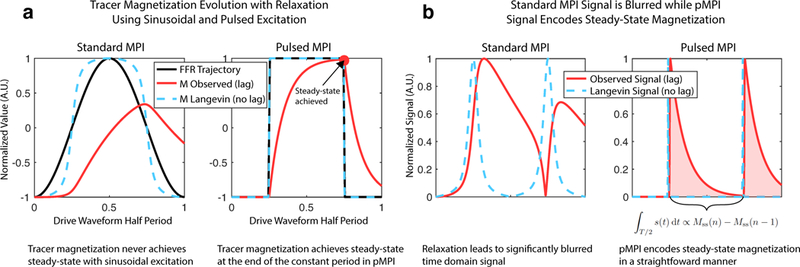Fig. 3. Pulsed MPI encoding with tracer relaxation.

(a) In canonical sinusoidal MPI, the observed magnetization fails to keep up with the excitation waveform (FFR trajectory) for larger tracers. This leads to significant lag and blurring of the signal, and in general, at no point is steady-state achieved. Using a pulsed waveform such as a square wave, we can ensure steady-state magnetization is reached using sufficiently long stationary components. (b) The raw MPI signal associated with sinusoidal excitation is significantly blurred compared to the ideal. A square excitation waveform leads to an exponential decay-like signal for each half-period in which the area under the curve is directly proportional to the difference between the steady-state magnetization achieved at the end of successive half-periods. Steady-state and relaxation behavior are neatly separable, which is not the case in standard MPI.
